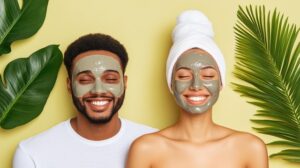Botox treatments have emerged as a popular, non-invasive solution for wrinkle reduction, using a bacterial protein to temporarily paralyze muscles responsible for dynamic wrinkling. They cater to various needs and facial areas, with results lasting 3-6 months. Ideal for individuals aged 35+ showing early signs of aging, but not suitable for everyone due to medical conditions or pregnancy. The procedure involves a qualified professional cleaning target zones and injecting Botox into specific muscles. Potential side effects include mild bruising and swelling, usually subsiding within days. Optimal post-care includes hydration, cold compresses, and SPF protection. Cost varies based on treated areas, volume, and practitioner reputation, with package deals available. Alternatives like fillers, chemical peels, microdermabrasion, and laser treatments also offer non-Botox skin rejuvenation options.
“Uncover the secrets to achieving a youthful glow with Botox treatments, a popular solution for wrinkle reduction. This comprehensive guide explores the science behind this non-invasive procedure, its various types, and who can benefit the most. From understanding the injection process to uncovering the benefits and potential side effects, we demystify Botox treatments.
Whether you’re curious about its effectiveness or considering the cost, this article provides insights into skin rejuvenation alternatives, ensuring you’re informed before taking the first step towards a smoother, more youthful appearance.”
Understanding Botox: The Science Behind Its Effectiveness
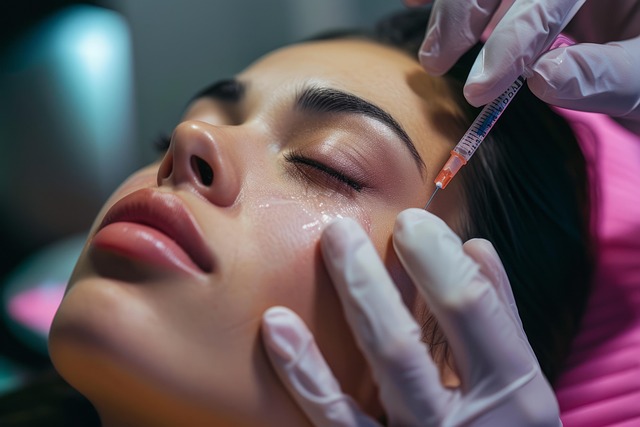
Botox, a protein derived from bacteria, has become a popular choice for those seeking wrinkle reduction and enhanced skin appearance. Its effectiveness lies in its ability to temporarily paralyze or weaken specific muscles responsible for causing wrinkles. When injected into targeted areas, Botox prevents the muscle contractions that lead to dynamic wrinkling, particularly around the eyes, forehead, and mouth.
The science behind Botox treatments is rooted in neuromuscular transmission. By blocking nerve impulses, Botox lessens muscle activity, resulting in a smoother, more youthful complexion. This non-invasive procedure offers a temporary yet significant improvement, making it a preferred option for individuals aiming to delay or minimize the signs of aging without surgery.
Types of Botox Treatments for Wrinkle Reduction
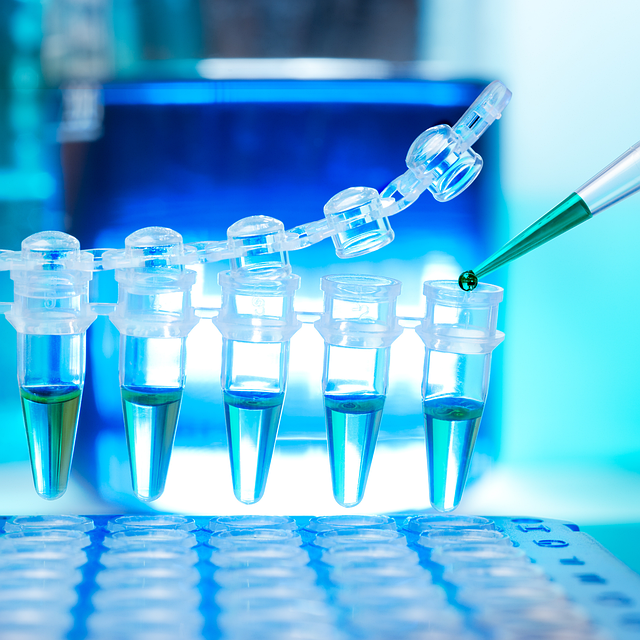
When it comes to Botox treatments for wrinkle reduction, there are several options available to suit different needs and facial areas. The most common type is often considered the standard Botox injection, which targets dynamic lines and wrinkles caused by muscle movement. This treatment temporarily paralyzes specific muscles, reducing the appearance of frown lines, crow’s feet, and other expression lines.
Other advanced Botox treatments include botulinum toxin A (Botox A) injections, which can be tailored to target specific areas like the forehead, cheeks, or neck. Some procedures even offer more localized applications, such as micro-needling with Botox, which combines collagen stimulation with wrinkle correction for a more comprehensive approach. These varied Botox treatments allow individuals to achieve smoother, younger-looking skin while maintaining natural expression and facial symmetry.
Who is a Candidate for Botox Injections?
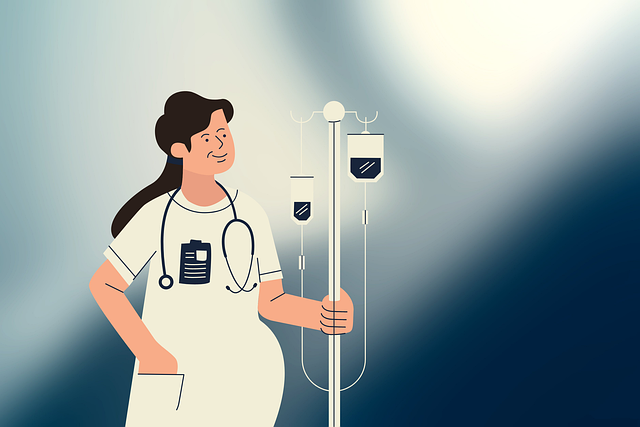
Botox treatments have gained immense popularity as a non-invasive solution for wrinkle reduction. But who is a good candidate for these injections? Typically, individuals aged 35 and above with early signs of facial aging, such as fine lines and wrinkles around the eyes, forehead, or mouth, are suitable candidates. Those seeking to prevent further aging or maintain youthful appearance can greatly benefit from Botox treatments.
It’s important to note that while Botox is safe and effective for many, it may not be recommended for everyone. Individuals with certain medical conditions, ongoing muscle disorders, or allergies to proteins in the vaccine should consult their doctor before considering Botox treatments. Additionally, those who are pregnant or breastfeeding should avoid these injections until further guidance from healthcare professionals.
The Procedure: Step-by-Step Guide to Botox Treatment

The procedure for Botox treatments involves a simple, non-invasive process that can significantly reduce the appearance of wrinkles. Typically, the treatment begins with a consultation where a qualified medical professional assesses the patient’s skin and determines the appropriate areas for injection. During the actual procedure, the doctor will clean the target zones and use a fine needle to inject small amounts of Botox into specific muscles. This process targets dynamic lines and furrows, preventing muscle contractions that cause wrinkles to form.
After the injections, patients may experience temporary redness or mild swelling in the treated areas, but these side effects usually subside within a few hours. It’s important to remember that results vary from person to person and depend on factors like muscle mass, skin thickness, and individual metabolism. Most people see the full effect of the treatment within 2-4 days, with results lasting anywhere from 3 to 6 months.
Benefits and Expected Results of Botox for Wrinkles

Botox treatments have become a popular and effective solution for reducing facial wrinkles, offering both short-term and long-lasting results. One of the key benefits is its ability to smooth out fine lines and crow’s feet around the eyes and mouth, providing an instant youthful appearance. This non-invasive procedure works by relaxing specific muscle groups responsible for causing wrinkles, allowing the skin to appear more plump and smooth.
The expected outcomes vary from person to person, but generally, Botox treatments can reduce the depth of wrinkles by up to 50%. Results typically last between 3 to 6 months, after which touch-up sessions may be recommended. Many individuals appreciate the convenience and minimal downtime associated with Botox, making it a desirable option for those seeking a more youthful look without extensive surgery.
Common Side Effects and How to Manage Them

Botox treatments, while effective for wrinkle reduction, can sometimes cause temporary side effects. The most common include mild bruising, swelling, and pain at the injection site. These typically resolve within a few days. To manage these side effects, you can apply a cold compress after your treatment to reduce swelling and discomfort. Over-the-counter pain relievers like ibuprofen can also help alleviate any lingering soreness.
It’s important to remember that every individual experiences Botox differently, so consulting with your dermatologist beforehand can equip you with strategies for addressing potential side effects. Following their advice regarding post-treatment care is crucial, as it ensures optimal results and minimizes any temporary discomfort.
Maintenance and Follow-up Care After Botox Treatment
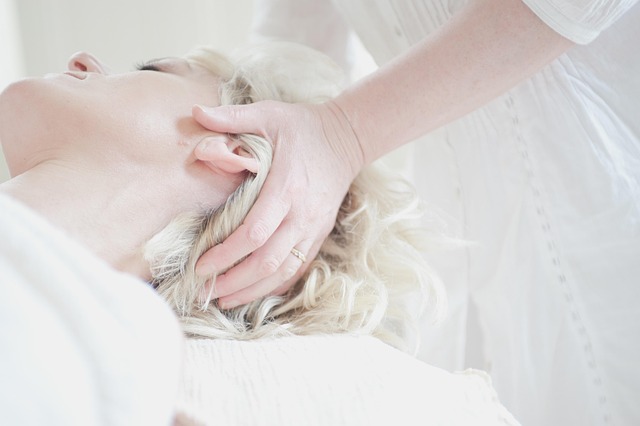
After receiving Botox treatments, proper maintenance and follow-up care are essential to maximize results and ensure a smooth recovery. It’s crucial to avoid strenuous activities and intense physical exercise for at least 24 hours following the procedure to prevent diffusion of the injectables. Staying hydrated by drinking plenty of water can help reduce any potential bruising and swelling, while applying a cold compress can provide additional relief.
During the weeks post-treatment, it’s important to protect your skin from the sun, using sunscreen with a high SPF to prevent hyperpigmentation. Refrain from making significant changes in diet or beginning new supplements, as these can interact with the Botox and affect its effects. Regular check-ins with your dermatologist are recommended to monitor progress, address any concerns, and schedule touch-up treatments when necessary.
Cost Considerations: Budgeting for Botox Procedures

Botox treatments have become a popular choice for individuals seeking effective wrinkle reduction. When considering this procedure, one of the primary concerns is the cost. It’s essential to understand that the expense can vary significantly based on several factors. The price of Botox treatments depends on the area being treated, the volume of product used, and the reputation of the clinic or practitioner.
Budgeting for Botox procedures requires thorough research. Patients should inquire about package deals, which often offer more affordable options when multiple areas are treated. Additionally, some practices provide flexibility in payment methods, including payment plans, to make these treatments more accessible. Remember, while cost is a factor, choosing a qualified and experienced practitioner ensures the best results and safety.
Exploring Alternatives to Botox for Skin Rejuvenation
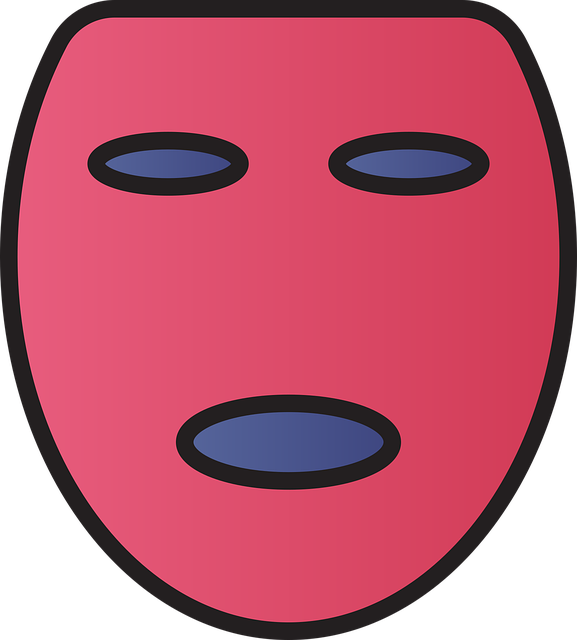
While Botox treatments remain a popular choice for wrinkle reduction, it’s essential to explore alternatives for skin rejuvenation. Not everyone is suitable for Botox, and some may prefer or require less invasive procedures. Fillers, for instance, offer a similar effect by smoothing fine lines and wrinkles, but with a different mechanism of action. They add volume to the skin, providing an immediate result that can last for several months. Another option is chemical peels, which work by removing layers of damaged skin, encouraging collagen production, and leaving behind smoother, younger-looking skin. Additionally, microdermabrasion and laser treatments have proven effective in reducing wrinkles and improving overall skin texture. These alternatives cater to diverse needs and preferences, offering a range of non-botulinum toxin solutions for those seeking a refreshed complexion.
